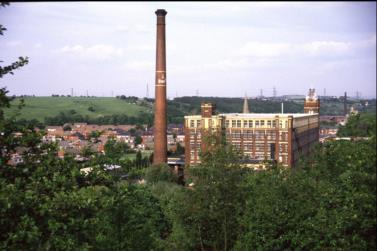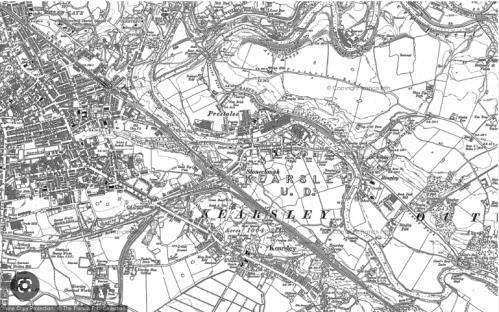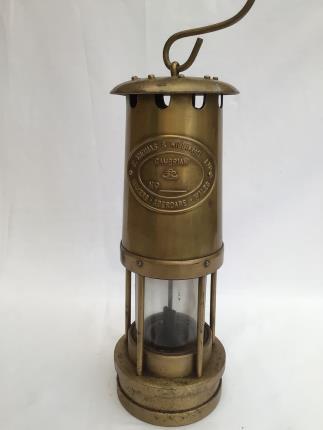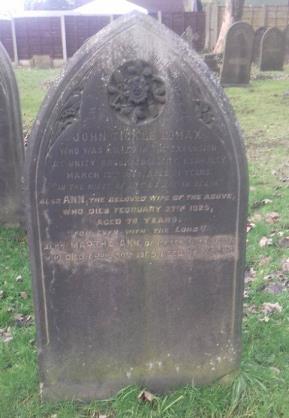
Vocabulary


Vocabulary
Industry = The process of making products by using machines and factories.
Revolution = change
Era = a clear period in time
Colliery – a coal mine
Cotton Mill – a building where cotton is spun and weaved into yarn or fabric
Paper Mill – a building where paper is made
Manufacture – to make or build something
Queen Victoria = Queen of Great Britain from 1837 to 1901 and Empress of India from 1876 to 1901.
James Holt = he was an Underlooker at the Unity Brook Colliery
Joseph Dickenson = Majesty’s Inspector of Mines for the local area
Dr. Barnado = 1845-1905 Irish born founder of homes for poor and deprived children
Lord Shaftsbury = 1801-1885 campaigned to improve working conditions for children. He believed in the importance of education
1. What was the Industrial Revolution?
2. How do I know that Kearsley was involved?
3. Why was Kearsley involved in the Industrial Revolution?
4. How might my ancestors been involved in the Industrial Revolution?
5. What happened at the Unity Brook?
6. Was the Industrial Revolution a good thing for Kearsley?



The Unity Brook disaster March 12th 1872
43 men and boys died in the disaster.






By examining old maps, I will make comparisons and learn about:
The Unicorn Inn
The Mineral Railway
The Tramway Collieries and mills
The Wet Earth Colliery in Clifton Golden Threads Empire Trade Monarchy Industry




The disaster happened just after 1pm on the 17th March 1872.
James Holt inspected the mine early that morning and discovered a small roof collapse.
Later that morning, his assistant, William Mayoh called him back to the mine and he saw that the collapse has increased.
He saw that there was ventilation so he asked for the roof to be propped up. He then left the mine and the men and boys continued to mine using lit candles to see.
The Cannel Mine was filled with firedamp (methane gas) which burst into flames as it is flammable.
People heard the explosion and ran to help.
The residents of Manchester Road closed their curtains as a sign of respect.
During the inquest, Joseph Dickenson stated that thought that the roof collapse released the firedamp.

This is where the dead and injured were taken following the explosion at The Unity Brook.
Davy lamps were invented in 1815 by Humphrey Davy.
They enabled miners to work safely. If the flame began to glow brightly, they knew that there was a presence of flammable gas and they could evacuate. Unfortunately, they were expensive and not all miners could afford one.


19 of the 43 men and boys who were killed in the disaster are buried in St. Stephen’s Church. Many were members of the same family.
Every year, we take part in a memorial service close to the site of the colliery.